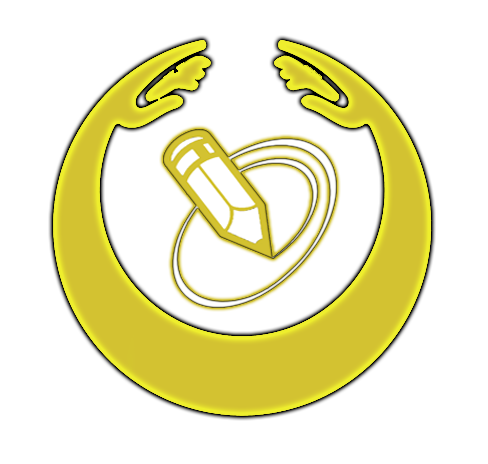Pay close attention to your health plan to pay less
First things first: Obtain a copy of your plan summary from
human resources or directly from your insurer. Take the time to read the policy
and if you don’t understand something be sure to ask questions.
Know your plan
Doctor’s offices are not perfect and sometimes mistakes are
made on your bill. Always ask for an itemized statement and review it to make
sure all of the services were provided. The following notes may help you save
on your out-of-pocket costs:
If you have a hospital stay planned, ask if you can bring
your own regular medications. Hospitals charge by the pill and you could easily
pay double what the medications cost you at the pharmacy.
Go to an in-network provider whenever possible. The insurance companies
negotiate fees with doctors and decide on a reasonable price for services
rendered. When you go to an in-network doctor, she may not bill you for
anything other than your deductible, copayment or coinsurance. If she bills you
for a higher amount than has been agreed, she must write off that amount. The
doctor is not allowed to bill you for it.
Know your keywords
Copayment is a set fee that you pay for each doctor’s visit
or for each medication.
Deductible is the amount you must pay before payment
coverage starts. Check your plan to see if doctor’s visits and emergency room
visits are paid before the deductible is met; you still have the copayment for
the visit and any coinsurance will apply.
Coinsurance is the percentage of the bill you must pay. An
example: For an in-network provider, you may have to pay 10 percent of the bill
and for an out-of-network provider you may have to pay 20 percent. Each
insurance policy is different. Once you have met your out-of-pocket maximum,
the coinsurance and deductible are waived.
Contribute to a flexible spending account for medical fees.
You can contribute up to $2500. If you are married you and your spouse may each
contribute $2500. Depending on your plan, you may now be forced to meet a
deductible before any medical fees will be covered, even doctors visits. (Note
this is not how every plan works; each one is different). I have seen posts on
Facebook where premiums have gone up so there will be less to bring home in a
paycheck; to make matters worse they must also meet their deductible before
their costs are covered. Many people will have health insurance and not be
able to afford to actually use it. A flexible spending card can help.
Contribute at least your deductible to the account. You will pay a set amount
each pay period towards your FSA. It comes out of your check before taxes. The
entire amount that you have designated is available to you at the beginning of
the year. You must continue to make the contributions for the entire year
unless you change employers. In that event, if what you used exceeded what you
had contributed you won’t be required to pay it back. I have a friend whose
child received braces and shortly after he lost his job. The braces were
covered by the FSA and he didn’t pay a dime; this was before they lowered what
you may contribute to the FSA. If you have funds left at the end of the year or
leave the company any leftover funds will be forfeited.
Know your network
Compare the costs of procedures at different facilities. If
you are having a CT scan, MRI, myelogram, ultrasound or other tests, check to
see which facilities are in-network near you. This is important for the dentist
as well. Make some calls to compare the prices at different facilities for that
test to find the best rate. Usually you are required to pay a percentage of the
testing; the lower the fee for the test, the lower your out-of-pocket costs
will be. For example: If a test is $10,000 and you have to pay 10 percent, your
fee would be $1,000. If the test is $6,000 your fee will be $600 dollars. Check
to see if the facility requires your payment up front or if they will allow you
to make payments.
Sometimes a facility will require you to pay an estimated
amount before services are rendered, and then they bill the insurance company.
This can result in an overpayment by you — especially if you have already met
your deductible. Always check your explanation of benefits to see what your
insurance company paid and what it has determined to be your out-of-pocket
costs. If you paid more than you should have, call the doctors office and ask
for a refund. Don’t count on them just sending it to you; most times that won’t
happen.
Don’t assume that because you went to an in-network facility
for testing or a hospital stay that all of the doctors who see you will be
in-network. Most of the time they are not. In this case, if you went to an
in-network facility most insurance companies will treat the claim as an in
network one. This results in the insurance company paying a higher percentage
of the bill and reduces your costs. You still will be required to pay whatever
the insurance doesn’t pay, but your cost will be lower. If you are required to
pay 10 percent of a $1,000 dollar bill, your fee will be $100. If you are
required to pay 20 percent because it is not in the network, you would be
required to pay $200. Review the explanation of benefits and if you were billed
for out-of-network services at an in-network facility, call the insurance
company and request it to reprocess the claim. This has resulted in refunds for
me in the past.


















These doctor work as a salesforce administrator. Doctor help for protecting disease and these salesforce administrator help for protecting development.
ReplyDelete